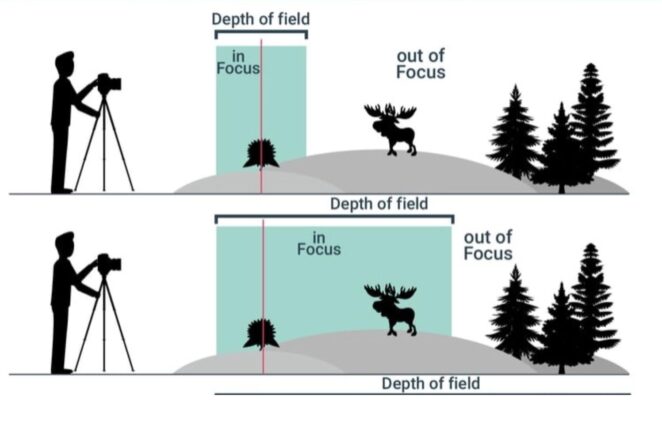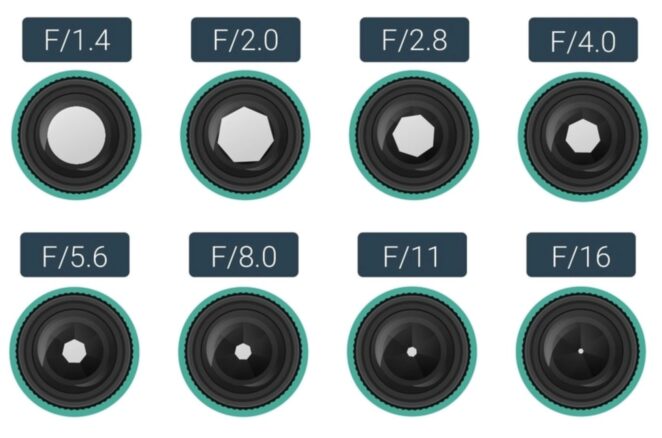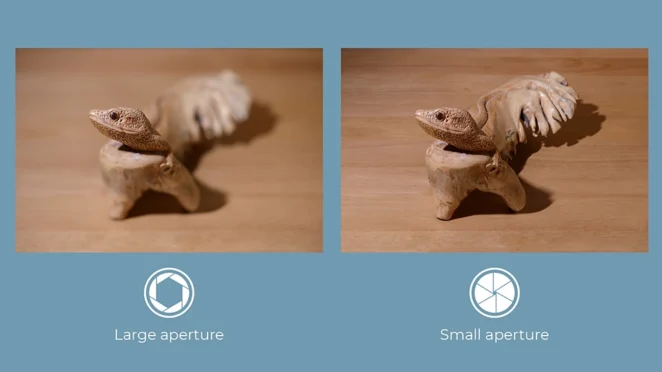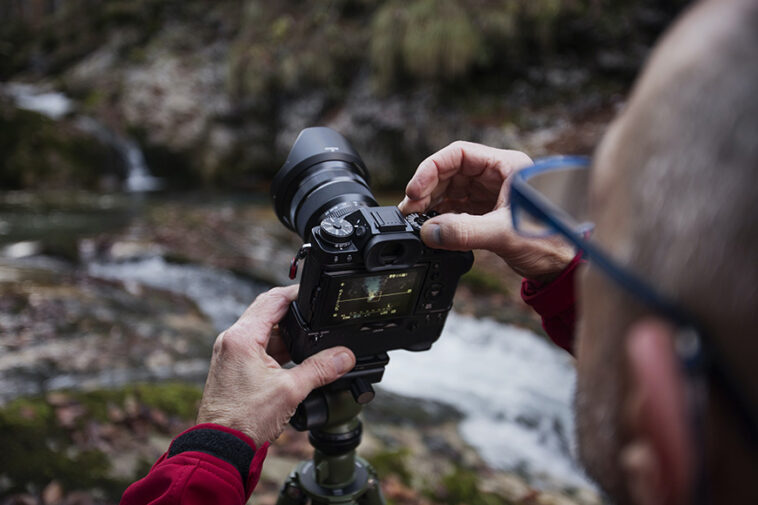Aperture is the basic term for photographers while capturing amazing pictures. An expert photographer has to consider various things when about to click a single image. The photography is not as simple as it looks. Maintaining the balance between the focussed object and its background is crucial.
In the following write-up, we will discuss the aperture in detail and understand its significance while capturing photos. Many people do not know that it is considered as one of the three crucial photography components, i.e., called the Exposure Triangle. One needs to go through the fundamentals of aperture of this term to know its photography effects.

About the Photography Term’ Aperture’
The camera lens opening lens is considered as Aperture. Technically, it is the light that moves inside the lens and reaches the sensor. You can capture pictures with your camera of various opaque blades.
The wide open the blades are, the more light will go inside the lens. When you begin closing the camera blades, less light will enter the sensor. You can easily understand the aperture term by understanding the working of the eye pupil.
Understanding the Concept of F-Stop Numbers
You can elaborate on this term as Focal number, which means how much the aperture is open of a camera lens. You have to keep a sequence of this focal number in your mind, starting from f/1.4 and it goes to f/22.
The f/1.4 is the maximum aperture, and it can let more light into the camera sensor. It may vary in different lenses when it is about determining the maximum as well as minimum number of apertures. One can easily set the focal number as per your photography requirements.

The Aperture Impact on Various Factors
1. Exposure
The aperture can easily affect the photo exposure or brightness. Whenever one changes the aperture size, the light entering into the camera lens will affect and hence, it will affect the image brightness. If the aperture opening is wide, the image will then be bright.
But if you minimize the size of the aperture, the picture will become dark. If you take images in the dark, you need to enhance the size of the aperture to get the available light. The eye pupil also becomes large whenever you see anything in the dark.
2. Depth of Field
The sharpness of an image from its front side to its back. It is called Depth of Field. Whenever you ignore the background to keep the object focused, you will observe the shallow field depth. But if the background is considered sharp, this parameter will be large.
The aperture size plays a crucial role while knowing the field depth. If you need to observe a shallow effect along with blurred background and focussed objects, you must keep the size of the aperture large.
It is the perfect technique to learn for separating the object from the background. Sometimes, you need to blur the objects in the foreground to focus on the main object. This technique will also work in such situations. But if you need to select the small aperture size to get sharp background images.
How Can One Pick the Appropriate Size of Aperture?
After understanding the effect of aperture size on any image, you must take care of other main factors, i.e., Field Depth and Exposure. While taking any picture, you need to determine how much brightness you need and whether you must focus on the object or the background. You need to set the size of the aperture as per the photo requirements.
You must maintain appropriate shutter speed for getting the appropriate brightness. One can relate three main factors by a simple example. If you choose a maximum aperture size, you will get high exposure and a thin depth of field. When you keep reducing the aperture size, the light intensity will become less, but the field depth will become large.
How One Set the Size of the Aperture in the Camera?
It is pretty good if you set the aperture size manually for capturing the perfect picture. If you make the automatic settings, the field depth will be set in the wrong way. Two modes are available for setting the aperture size manually.
You can choose either manual mode mentioned as M, or the aperture-priority mode mentioned as either A or Av. While setting the aperture, your camera will set up the shutter speed automatically. You can choose ISO in both ways, i.e., automatically or manually. If you want to capture different images, you need to set things properly.
If you are considering the manual mode, you must select the shutter speed along with the aperture size. You need to invest more time in setting up your camera manually. The automatic mode is preferable when you need to take similar photos continuously.

Aperture Effects
You must consider the following list of effects that happens because of the aperture size:
- Change in brightness
- Diffraction can cause a loss of sharpness
- Lens quality can cause a loss of sharpness
- Bright lights can cause starburst effects
- The quality change in the background highlights
- The focus shift in various lenses
- Focus in reduced light situations
- Managing the flashlight
Final Thoughts
The size of aperture plays a crucial role in the field of photography. If you need to capture perfect photos, you must determine the perfect size of the aperture for allowing the appropriate amount of light inside the lens. One can get more information from Aperture Science Art. Perfect photography is not easy, and it takes a lot of time to become professional. The photographer has to practice to become perfect and take amazing pictures.
In your camera, you should go for manual settings to choose the appropriate aperture size. It takes time to set your device, but you can capture the best shots once you do. You need to understand the significance of aperture in photography before you start taking pictures randomly. It is important to envision getting the picture and then set your camera to get the same view.




